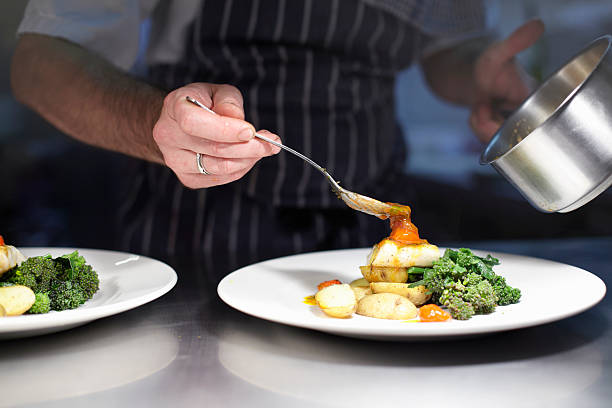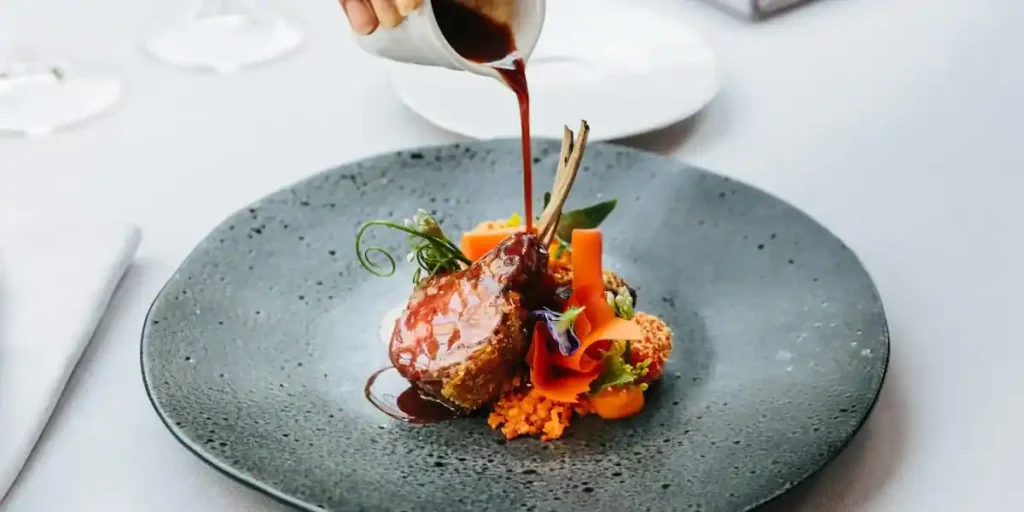In the world of gastronomy, the saying “we eat with our eyes first” couldn’t be more true. The art of plating is not just about putting food on a plate; it’s about creating a visual masterpiece that enhances the dining experience, tantalizes the taste buds, and evokes emotions. From fine dining establishments to home kitchens, mastering the art of plating can elevate your culinary creations to new heights.
The Importance of Plating
Plating is not merely a superficial aspect of cooking; it is an integral part of the culinary experience. A beautifully plated dish not only enhances the visual appeal but also sets the stage for the flavors and textures that follow. It engages all the senses, creating anticipation and excitement before the first bite.
Principles of Plating
The key to effective plating lies in balance, harmony, and attention to detail. Here are some fundamental principles to consider:
- Balance
Balance is crucial in plating to ensure that no single component overwhelms the others. This can be achieved through the distribution of colors, textures, and flavors across the plate. Aim for a harmonious arrangement that provides a balanced sensory experience.
- Proportion
Proportion refers to the relative sizes and quantities of different elements on the plate. Pay attention to scale and ensure that each component complements the others without overshadowing or being overshadowed.
- Contrast
Contrast adds visual interest and excitement to a dish. Play with contrasting colors, textures, temperatures, and flavors to create dynamic and memorable presentations. For example, pair crunchy with creamy, sweet with savory, and hot with cold.
- Negative Space
Negative space, or empty space on the plate, is as important as the food itself. It provides visual breathing room and allows the eye to focus on the main elements of the dish. Use negative space strategically to highlight the focal point and create visual balance.
- Garnishes
Garnishes are not just decorative elements; they serve to enhance the flavors and textures of the dish. Choose garnishes that complement the flavors of the main ingredients and add visual interest without overwhelming the plate.
Techniques for Stunning Plating
- Layering
Layering involves stacking or arranging components of the dish in such a way that each layer is visible and contributes to the overall presentation. This technique adds depth and dimension to the plate, creating visual intrigue.
- Drizzling and Sauces:
Drizzling sauces or vinaigrettes around the plate can add elegance and sophistication to the presentation. Use a squeeze bottle or spoon to create intricate patterns or swirls that complement the dish without overpowering it.
- Edible Flowers and Microgreens
Edible flowers and microgreens not only add a pop of color to the plate but also contribute delicate flavors and textures. Use them sparingly as accents to enhance the presentation and elevate the dish to gourmet status.
- Plating Tools
Invest in quality plating tools such as offset spatulas, tweezers, and ring molds to help you achieve precise and professional-looking presentations. These tools allow for greater control and precision in arranging components on the plate.
Mastering the art of plating is a skill that takes time, practice, and creativity. By applying the principles and techniques outlined above, you can transform your culinary creations into works of art that delight the senses and leave a lasting impression on your diners. Whether you’re a professional chef or an aspiring home cook, remember that plating is not just about making food look pretty—it’s about creating an unforgettable dinin










